
Rediscovering Japan

Rediscovering Japan
Travel (Tochigi Prefecture (Izurusan/Tochigi City))

by tomizuta
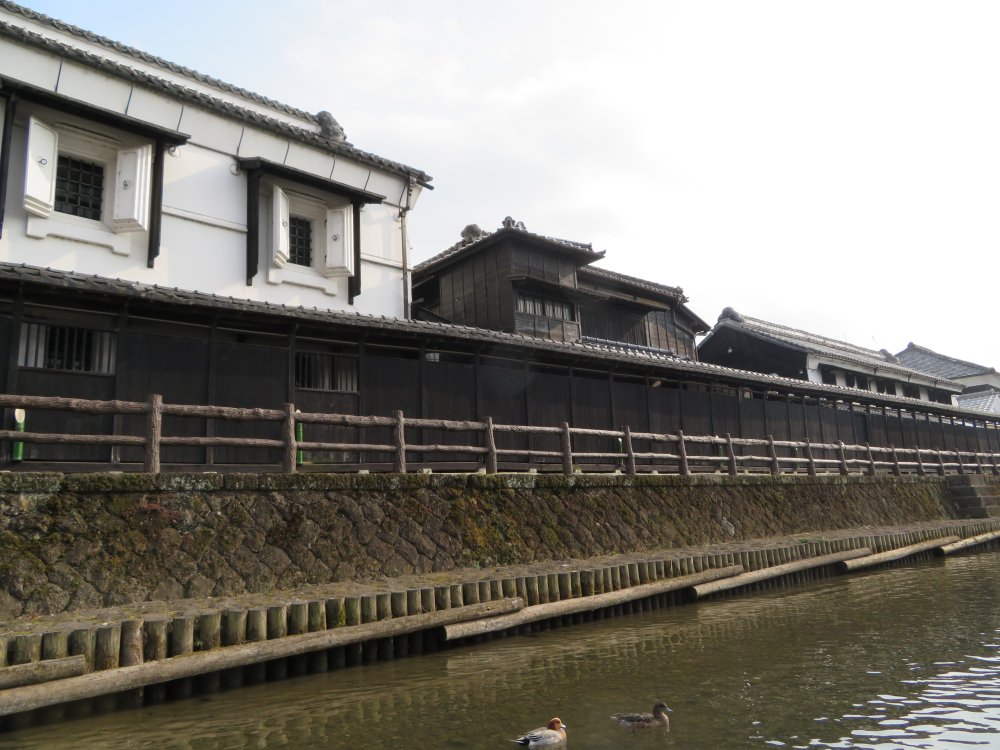
The merchant warehouses on the banks of River Uzuma in Tochigi City.
I introduced both Kawagoe and Sawara as an area resembling Edo even more than what remains in Tokyo. They are known as Koedo or little Edo. Actually there is one more place in the Kantou Region that is dubbed Koedo, which is Tochigi City in Tochigi Prefecture. Early spring 2018, we set out to rediscover southern Tochigi Prefecture including Tochigi City and eastern Ibaragi Prefecture including Mito City and Ooarai town.
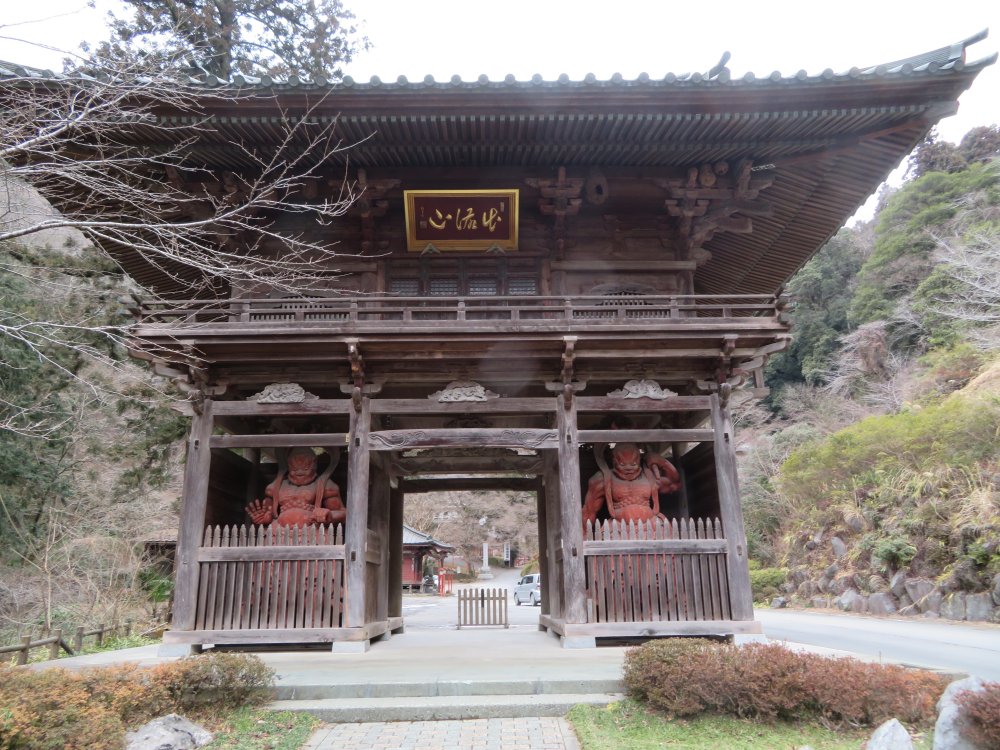
The grand entrance gate of Izurusan Manganji Temple.
We first visited Izurusan Manganji Temple, approximately twenty kilometers northwest of Tochigi City. This is a Buddhist temple of the Shingon sect founded in 765AD according to the temple’s homepage. On our way to the temple we passed many limestone quarries. I am told that the temple was founded in this area as a stalactite resembling a multi-faced Kannon bosatsu was found in a limestone cavern. (Kannon bosatsu is a particularly benevolent bosatsu that takes thirty three different appearances depending on the person it is helping. Some Kannonbosatsus have many hands and an eye on each palm. These are called Senju (meaning one thousand hands) Kannon bosatsu. For more on Kannnon bosatsu see the article in Travel (Aizu Part 2)). This Kannon bosatsu is housed in a temple called Okunoin which is about one kilometer climb from the main temple. Our visit to Manganji turned out to be much more interesting than we had expected..
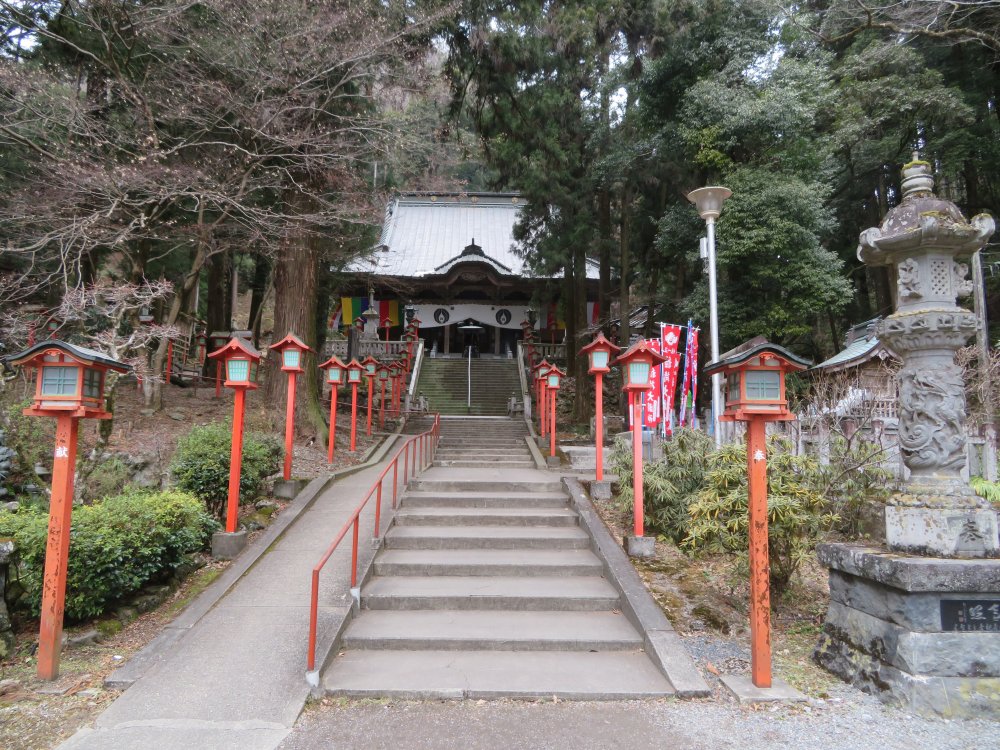
The steps leading to the main temple.
We drove past the grand entrance gate and parked our car in the car park. From there we made our way past the office building uphill to the main temple. On our way we found a bussokuseki. This is the footprint of Buddha, on which one may stand and make a wish.
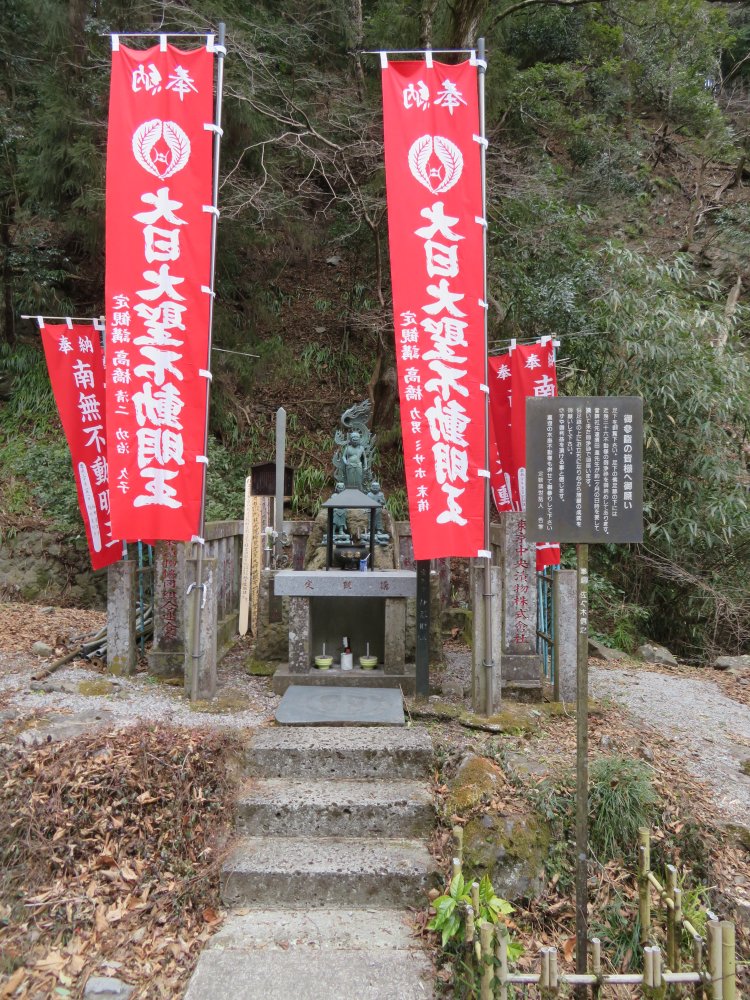
We found a bussokuseki. This is the footprint of Buddha, on which one may stand and make a wish.
The main temple reminded us of Okunoin in Mount Koya. This is no wonder as the main statue of this temple is a Senju Kannon purported to be made by the founder of the Shingon sect, Kuukai himself.
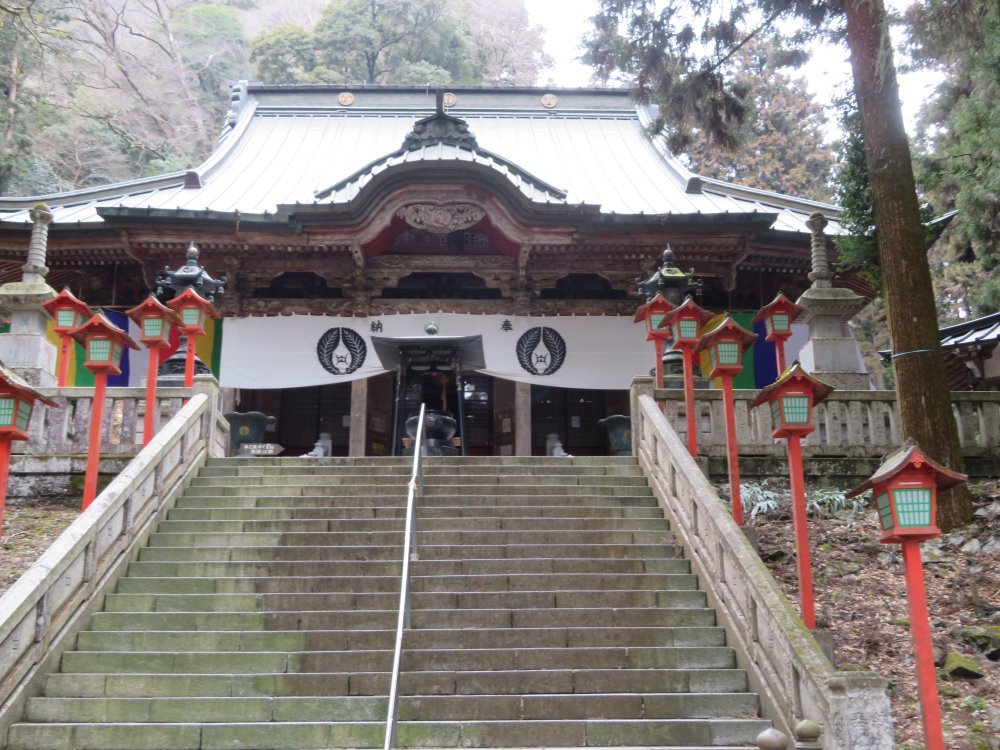
The main temple of Izurusan Manganji reminded me of Kuukai's mausoleum
in Mount Koya.
I don’t know why but you find many soba (buckwheat noodle) restaurants
close to large Buddhist temples and Shinto shrines. There are many such
restaurants serving Izurusan soba as you approach Manganji Temple. It was
half past ten in the morning as we passed the soba restaurant area. We
wondered why people where already queuing before the restaurants opened.
We went to one restaurant after our visit to the temple and found out why.
There was a long queue of people in the waiting area. It appeared guests
were shown to the table at the same pace as fresh noodles were being kneaded.
Even after we were shown to our table, we still had to wait long for our
soba order to be served. We still found that it was worth the wait to enjoy
the soba.
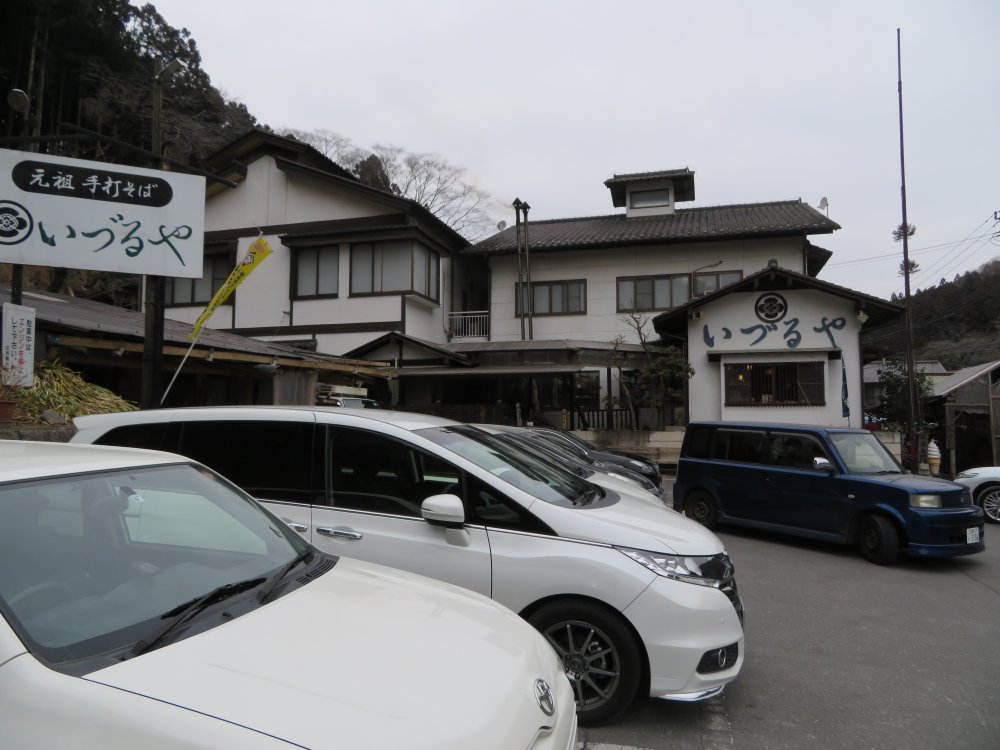
I don’t know why but you find many soba (buckwheat noodle) restaurants close to large Buddhist temples and Shinto shrines.
We next paid a visit to Shimotsuke Kokuchou ruins a couple of kilometers east of Tochigi City. Shimotsuke is the old name of what is now Tochigi Prefecture, and Shimotsuke Kokuchou was the local governmental office of the imperial court based in Kyoto. The Kokuchou functioned from the 8th to 10th century. Ruins were excavated in the late 1970s. A replica of the main building has been erected on the site. Other than this only meadows remain. The governmental buildings were situated on a plot of over two acres.
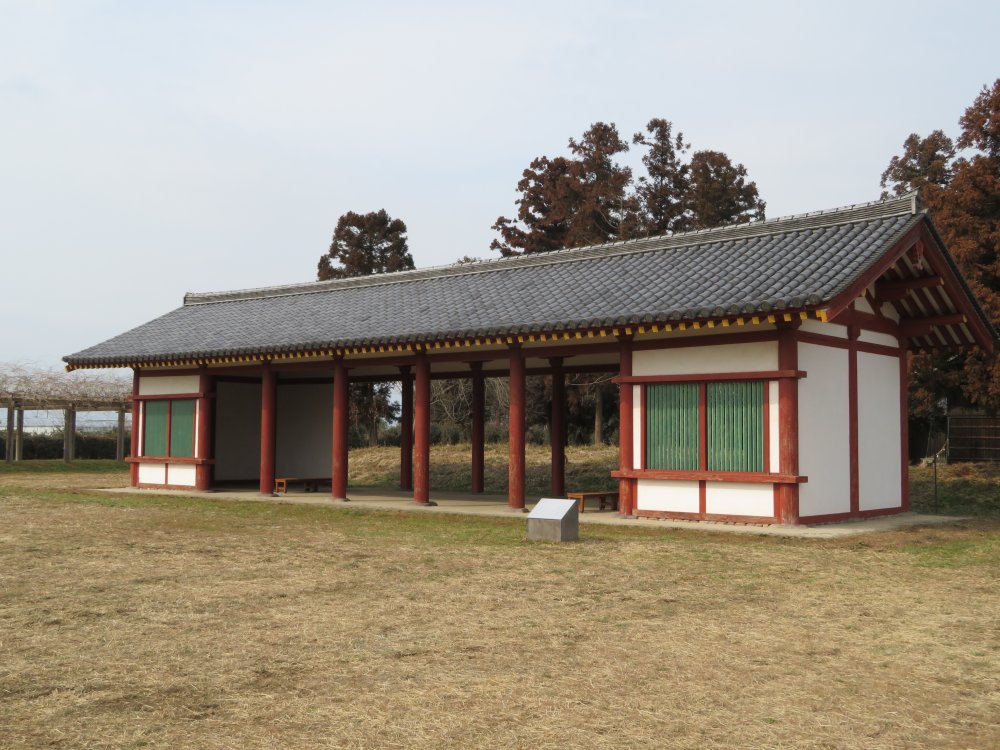
A replica of the main building has been erected on the site. Other than this only meadows remain.
Just behind the reconstructed Kokucho is a Shinto shrine Miyanobe Jinja. I thought this was an abandoned shrine until I noticed a signboard. This told us that the shrine is not abandoned at all and the rituals performed on November 23rd retain ancient traditions of Shinto including the organization of the congregation and the cooking of the food served to the two deities worshipped. I learned that the original site of the Kokucho is where the shrine now stands, which leads me to understand that the shrine must have been moved from elsewhere after the Kokucho was abandoned.
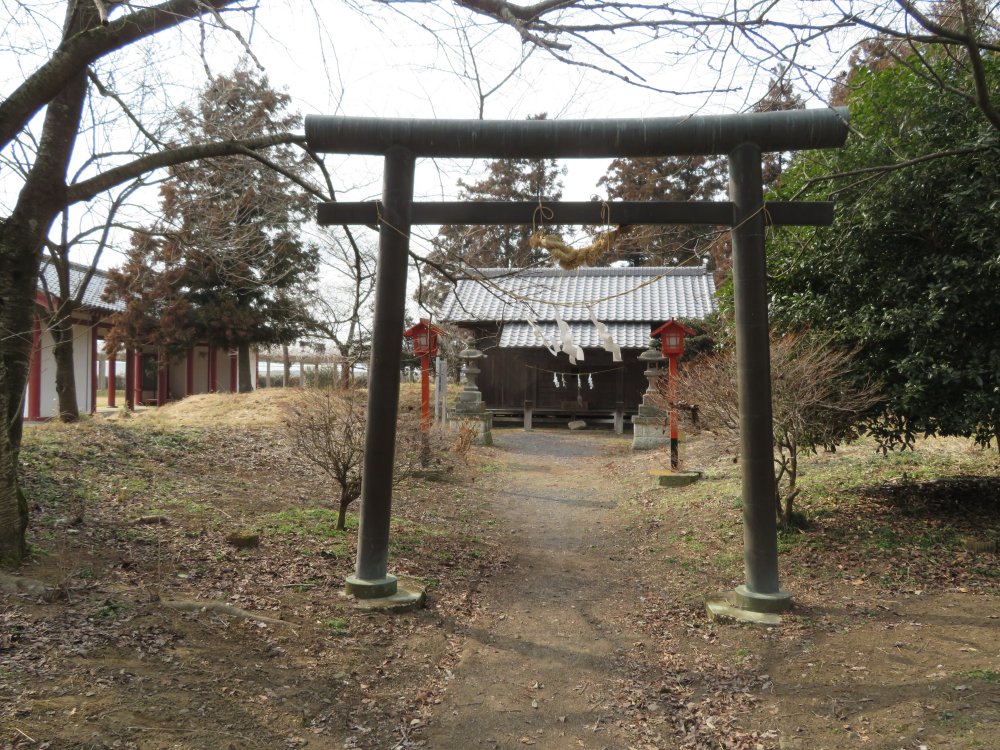
Just behind the reconstructed Kokucho is a Shinto shrine Miyanobe Jinja.
There is a history museum to the north of Kokucho ruins, Shimotsuke Kokucho History Museum. There was no car in the car park and we wondered if the museum was closed on Mondays. Luckily it was open. We were greeted by the curator as we were the only visitors. He asked if we had time to watch a video showing the reconstruction of the Kokucho main building that we had just visited. The video was a very detailed one showing how the building pillars had been erected as close as possible to the original construction method. By this time some other visitors had arrived and the elderly curator left us to attend these visitors. We took the opportunity to leave the video and browse the exhibits composed of replica of objects discovered in the excavation of the Kokucho site.
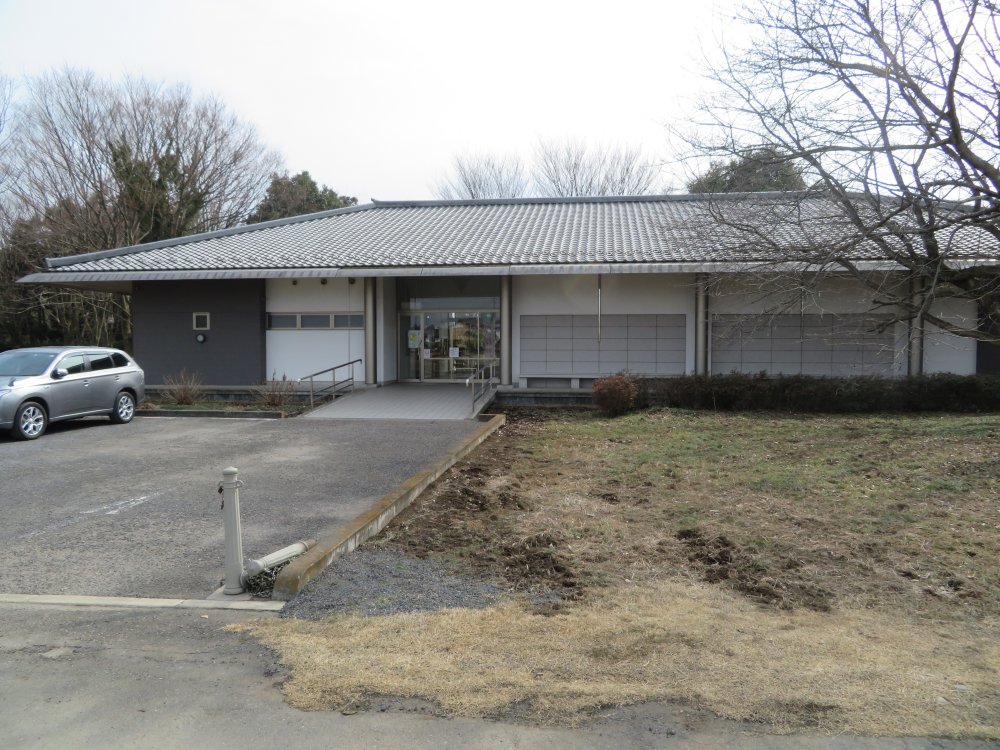
There is a history museum to the north of Kokucho ruins, Shimotsuke Kokucho History Museum.
Our final visit was to the center of Tochigi City. Tochigi City developed as a distribution point in the Edo era for local goods to be transported to Edo. As such the town developed from the banks of River Uzuma that runs through the city. Today the city has a population of 160,000 and is the third largest city in Tochigi Prefecture after Utsunomiya and Oyama. We thought it would be a good idea to take the River Uzuma boat cruise to get a good feel of the historic township. We made our way to the cruise station on the river bank. It appears the cruise leaves on an ad hoc schedule as they announced the departure of the cruise after eight guests including us had paid the admission fee of seven hundred yen per person. The cruise is very short lasting twenty or so minutes. Contrary to our expectation to get a good feel of the historic township, the small boat oared by an elderly boatman went about a hundred meters upriver, made a U-turn back to the starting point and a further hundred meters down. There are some historic merchant buildings on both sides of the banks but that was it. It did not go up to the historic area of Yaemonchou upstream, as the boat could not go beyond the first bridge because of its height. We thought the cruise was too expensive for what we got. We did learn though that goods were loaded on this river bank, then reloaded to a larger boat further downstream, through River Tone, River Edo and finally into Tokyo Bay, taking two days.
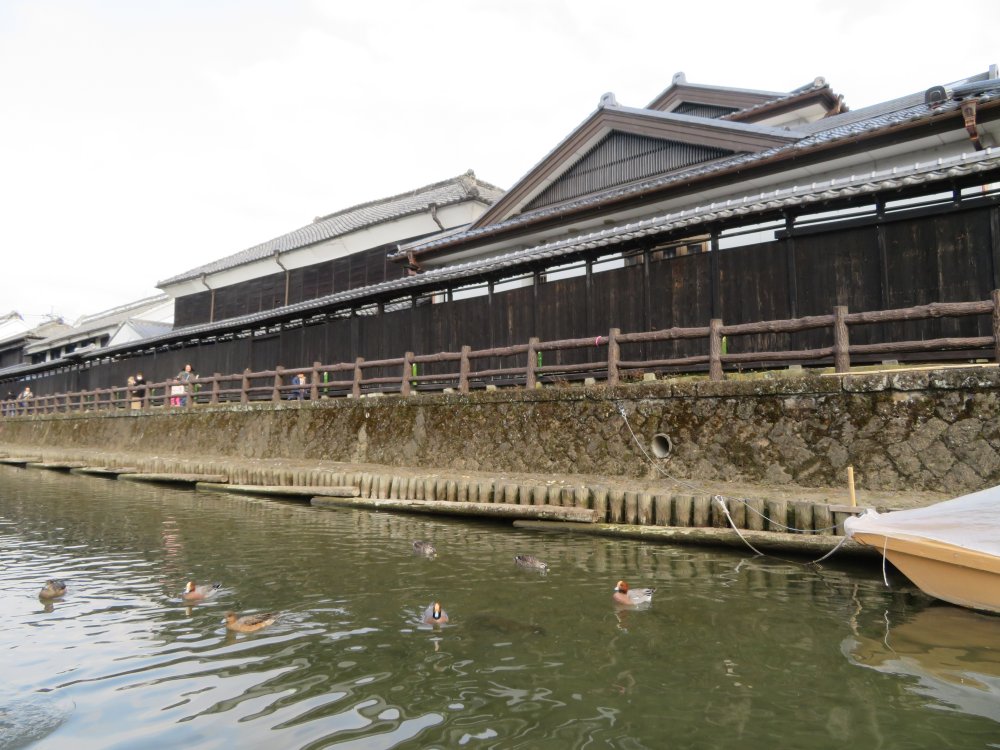
There are some historic merchant buildings on both sides of the banks but that was it.
We finished the cruise and walked along the river bank to the historic area of Kauemonchou. Many merchant and storage buildings have been well preserved along a street named Reiheisi Kaidou. Reiheishi was the messenger from the imperial court in Kyoto to the Toushouguu Shrine in Nikko to deliver offerings annually to the deity of Toushouguu, Ieyasu Tokugawa the founder of the Tokugawa shogunate, and this was the route they traveled. The black walled warehouses are similar to those you can see in Kawagoe. This is certainly one of the most well preserved areas designated as an Important Preservation District for Groups of Historic Buildings worth a visit. Other than known as Little Edo, the City also promotes itself as the town of storage buildings; same as Kitakata City in Fukushima Prefecture (see Fukushima Part 1).
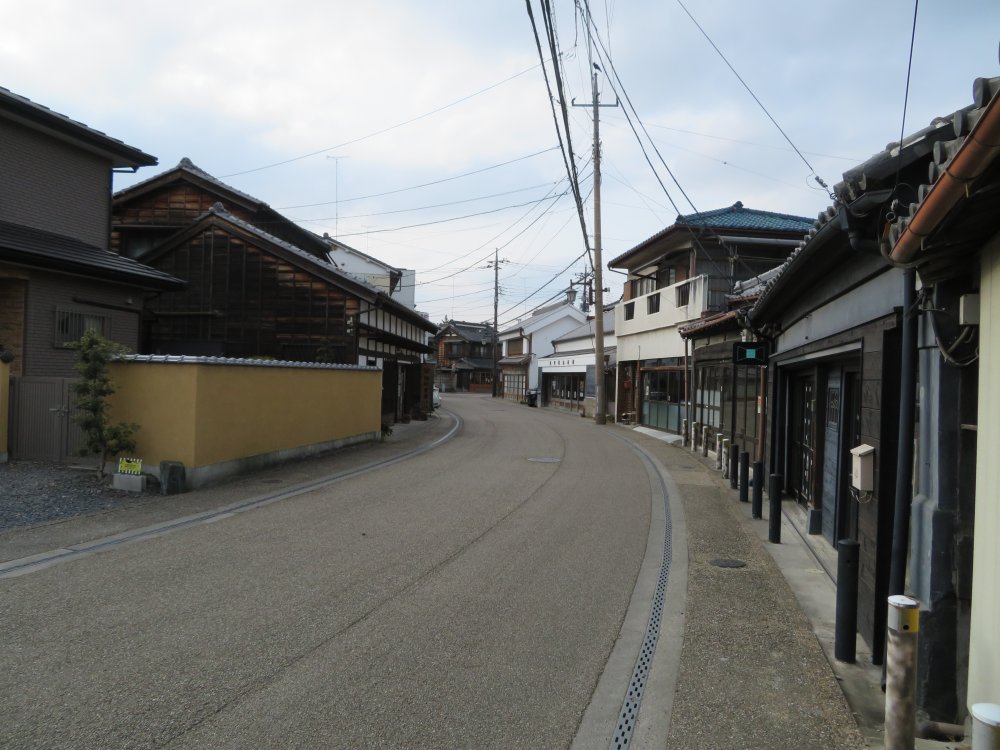
The historical merchant storage buildings of Kauemonchou on Reiheishi Kaidou Street leading to Nikkou.
We then went to Hokkan Shuzou, a local sake brewery that sells under the brand Hokkan. Unfortunately the brewery was closed, it being weekend. So I popped into a local sake shop. I browsed their shelves but did not find any Hokkan sake. I asked the shop lady why to which she responded that Hokkan had a custom of allowing employees to purchase at a discounted price. People asked their friends that worked at Hokkan to purchase for them as well. No one would buy at the normal price so they had given up stocking the sake. Luckily I found Shikizakura on the shelves. This is a brand in Tochigi known for its high quality. I bought a 1.8 liter bottle of Shikizakura.
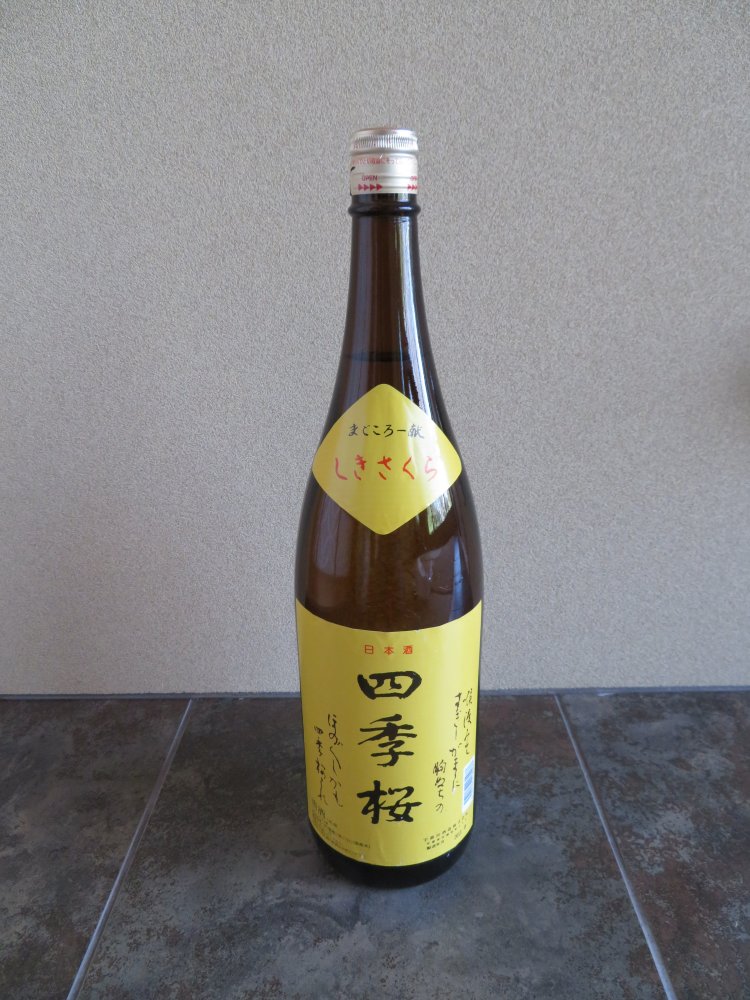
I bought a 1.8 liter bottle of Shikizakura.